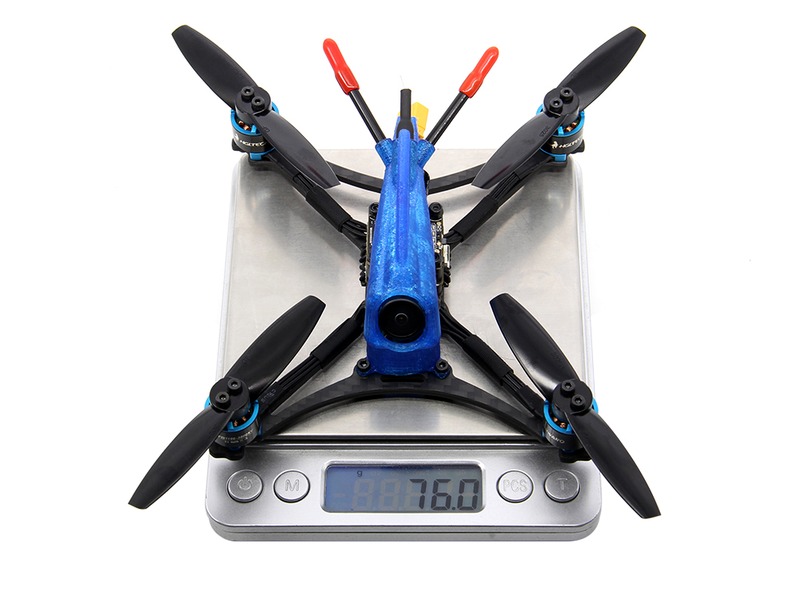Can drones fly at 40000 feet?

Yes, drones are able to fly at 40,000 feet. Drones are able to achieve this altitude by taking advantage of the air pressure, wind and the lift generated from their wings. Drones are able to take advantage of atmospheric conditions such as temperature gradients and wind currents to climb to great heights.
The highest altitude a drone can reach is dependent upon the type of drone and its capabilities. Small consumer drones such as the DJI Phantom 4 and the DJI Mavic series can reach a maximum altitude of 400 feet (122 meters). On the other hand, military drones such as the MQ-9 Reaper can reach an altitude of 50,000 feet (15,240 meters).
In order to fly at 40,000 feet, the drone must first take off from a higher altitude. This is done by using advanced control systems and a specialized aerodynamic body design. The drone’s onboard computer is programmed to recognize the terrain, atmospheric conditions and the position of the drone in relation to the ground. The drone can then calculate the best path to take in order to reach the desired altitude.
The drone’s onboard sensors also help to maintain the altitude. For example, when the drone reaches an altitude of 40,000 feet, it will sense the decrease in atmospheric pressure and respond accordingly. It will begin to adjust its speed, power and flight path in order to maintain the desired altitude.
Flying at 40,000 feet is advantageous for many reasons. High altitude allows the drone to fly farther and faster than at lower altitudes. This means that the drone can cover more ground in less time and is more likely to reach its destination without running out of power. Additionally, flying at higher altitudes can reduce the risk of running into turbulence and other windy conditions, which can cause the drone to lose control and crash.
In conclusion, drones can fly at 40,000 feet. This altitude is achieved through a combination of aerodynamics, control systems and onboard sensors. Flying at 40,000 feet allows the drone to cover more ground in less time and reduce the risk of turbulence encountered at lower altitudes.
Comments / Question
2. Reduced Risk of Interference: Flying drones at high altitudes significantly reduces the risk of collisions with other aircraft or objects. It also reduces the risk of interference from ground-based radio frequency sources.
3. Improved Battery Life: Flying drones at higher altitudes can lead to a more efficient use of battery power, as the air is thinner at higher altitudes and the drone can fly faster and farther on the same amount of battery power.
4. Increased Safety: By flying at higher altitudes, it becomes easier to monitor the drone and its surroundings while reducing the risk of accidents or collisions.
5. Cost Savings: By flying drones at higher altitudes, operators can save costs associated with fuel, maintenance and insurance premiums.
2. Autopilot systems: Autopilot systems are necessary for drones to fly at high altitudes and in remote areas where communication is limited.
3. High-altitude batteries: High-altitude batteries are required to power the drone at such high altitudes.
4. High-altitude navigation systems: High-altitude navigation systems are needed to ensure that the drone can safely travel through airspace and avoid obstacles.
5. High-altitude sensors: High-altitude sensors are necessary for the drone to detect its environment and navigate accurately.
6. High-altitude communication systems: High-altitude communication systems are needed for the drone to communicate with its ground station and other drones in the area.
7. High-altitude weather systems: High-altitude weather systems are required to ensure that the drone can safely navigate and avoid flying through hazardous weather conditions.
2. Follow all applicable laws and regulations for flying drones at such high altitudes
3. Familiarize yourself with the airspace restrictions in the area
4. Use a reliable method for tracking the drone and maintaining communication with it
5. Ensure that the drone is equipped with the necessary sensors and components for safe navigation
6. Monitor the weather conditions in the area to ensure that flying is safe
7. Have a plan for safely landing the drone in case of any emergency situation
8. Make sure that the drone is equipped with a reliable failsafe system to avoid any mid-air collisions
9. Be aware of any potential air traffic in the area and take necessary precautions
10. Make sure that the drone is operating properly before each flight.

